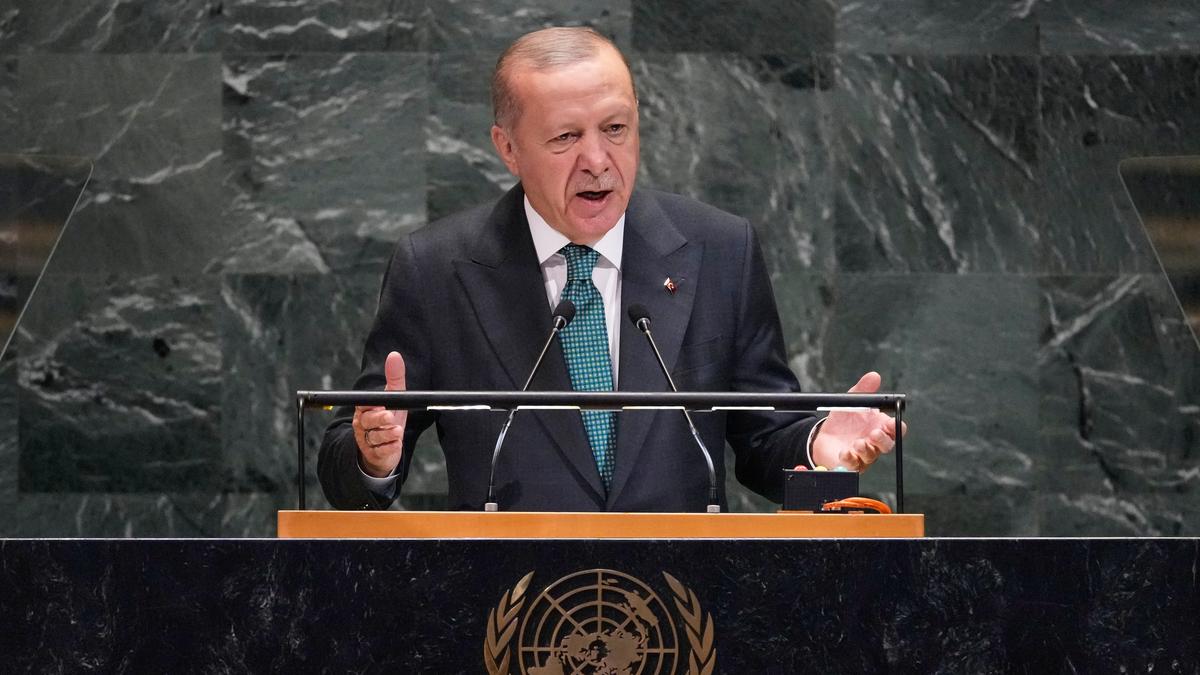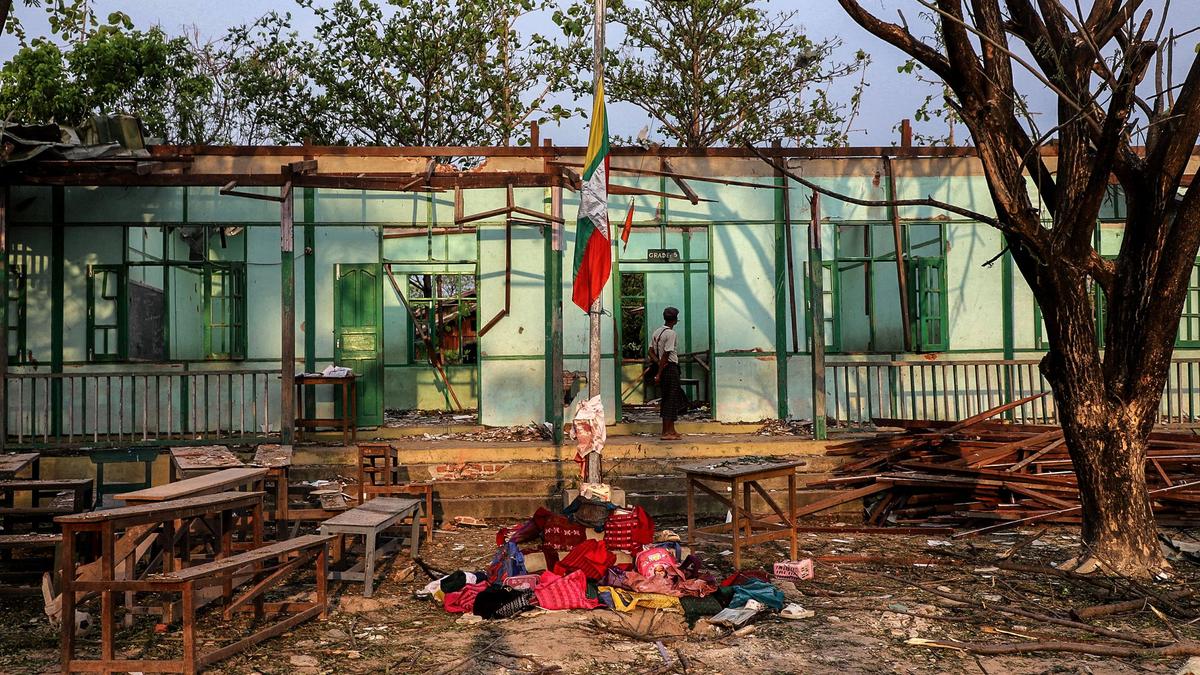At least 14 people have been reported killed as police fired at protesters, mostly Nepal’s tech-savvy Generation Z, on Monday (September 8, 2025) who took over the streets of Kathmandu and other major cities to protest against corruption and the government’s recent ban on social media platforms.
Officials said seven people died at the National Trauma Centre, three at Everest Hospital, two at Tribhuvan University Teaching Hospital, and one at KMC Hospital. More than 200 injured individuals are being treated at various hospitals across Kathmandu.
Also read: Nepal Protests Live updates
Meanwhile, the Nepal Human Rights Commission, in a statement, said police used excessive force against the protesters. It called on the government to take the voice of the new generation seriously and to immediately stop the use of excessive force on demonstrators.
Tens of thousands of Gen Z members rallied in Kathmandu, Pokhara, Butwal, Dharan, Ghorahi, and elsewhere, chanting in unison: “We are the movement. We will fight against corruption.”
As the protest escalated on Monday (September 8, 2025), demonstrators marched towards Nepal’s federal parliament building in New Baneshwor. Security forces reinforced barricades, but protesters broke through the police cordon and entered the parliament premises, chanting slogans against leaders, including Prime Minister K.P. Sharma ‘Oli’, and demanding he “leave the country.”
Police fired rubber bullets in an attempt to disperse the crowd — but failed. “Tear gas and water cannons were used after the protestors breached into the restricted area,” Mr. Khanal told AFP. “Many on both sides are injured.”
The Kathmandu District Administration Office imposed a curfew from 1 p.m. to 10 p.m. in several areas, including Baneshwor, Shital Niwas (the President’s residence), Lainchaur (Vice-President’s residence), Baluwatar (Prime Minister’s residence), and Singha Durbar (the government complex).
“Movement, gatherings, demonstrations, or encirclement of these areas are strictly prohibited,” said Kathmandu Chief District Officer Chhabilal Rijal.
Social media ban that sparked anti-government protests
The K.P. Sharma Oli government on Thursday (September 5, 2025) imposed a sweeping ban on more than two dozen platforms, including X, Instagram, Facebook, and WhatsApp, citing their failure to comply with Nepal’s mandatory registration requirements.
Free speech advocates were quick to warn that the ban was less about regulation and more about silencing dissent. Still, the government went ahead, a move that clearly struck a raw nerve among Nepal’s digital generation.
Demonstrators gather at the entrance of the Parliament during a protest against corruption and government’s decision to block several social media platforms, in Kathmandu, on September 8, 2025.
| Photo Credit:
Reuters
Protesters in Kathmandu said the demonstrations were not organised by any political party or affiliated group. Rather, they described it as an impromptu response to rising corruption, censorship, nepotism, and favouritism.
It remains unclear who initiated the protest, but as members of Gen Z began sharing plans for Monday’s (September 8, 2025) demonstration across various platforms, including the banned ones, using VPNs and DNS workarounds, support quickly spread.
Kathmandu Mayor Balendra Shah, who won the 2022 local elections largely through online campaigning, was among the first to publicly support the protest.
“I cannot participate due to my age, but I extend my full support,” he wrote on Facebook. Mr. Shah, who ran as an independent candidate, is often seen as a political outsider, and increasingly, a threat to the mainstream parties.
On Sunday (September 7, 2025), ahead of the protest, Prime Minister Oli made light of Gen Z during a public event, defending the ban as a matter of national sovereignty.
He said he didn’t care if “two or four people” lost their jobs, a veiled dismissal of concerns that the ban had affected not only free speech but also the livelihoods of thousands, particularly Gen Z digital workers.
Mounting frustration
Successive Nepali governments have promised development and prosperity, but youth unemployment remains high in the country of around 30 million people.
A large section of Nepal’s youth, especially those from underprivileged backgrounds, migrate to the Gulf or Malaysia for low-paying jobs. Thousands of others leave for Europe, Australia, or the United States in search of higher education and better opportunities. Estimates suggest that around 2,000 Nepalis leave the country every day.
For many of those who stayed, especially younger people, social media had become a source of livelihood. The government’s abrupt ban on these platforms triggered not just anger but deep anxiety, as economic and creative freedoms came under threat.
At the same time, political elites and their families continue to flaunt wealth and luxury. That contrast, many say, is what sparked Gen Z’s outrage.
Many of the young protesters said corrupt politicians send their children abroad using illicit money and provide them with luxurious lifestyles, while ordinary people are told to stay in Nepal.
Their main source of frustration: why should the taxes paid by their parents — earned through sweat and hard work — be used to fund the lavish lives of corrupt politicians’ children?
Published – September 08, 2025 02:47 pm IST


